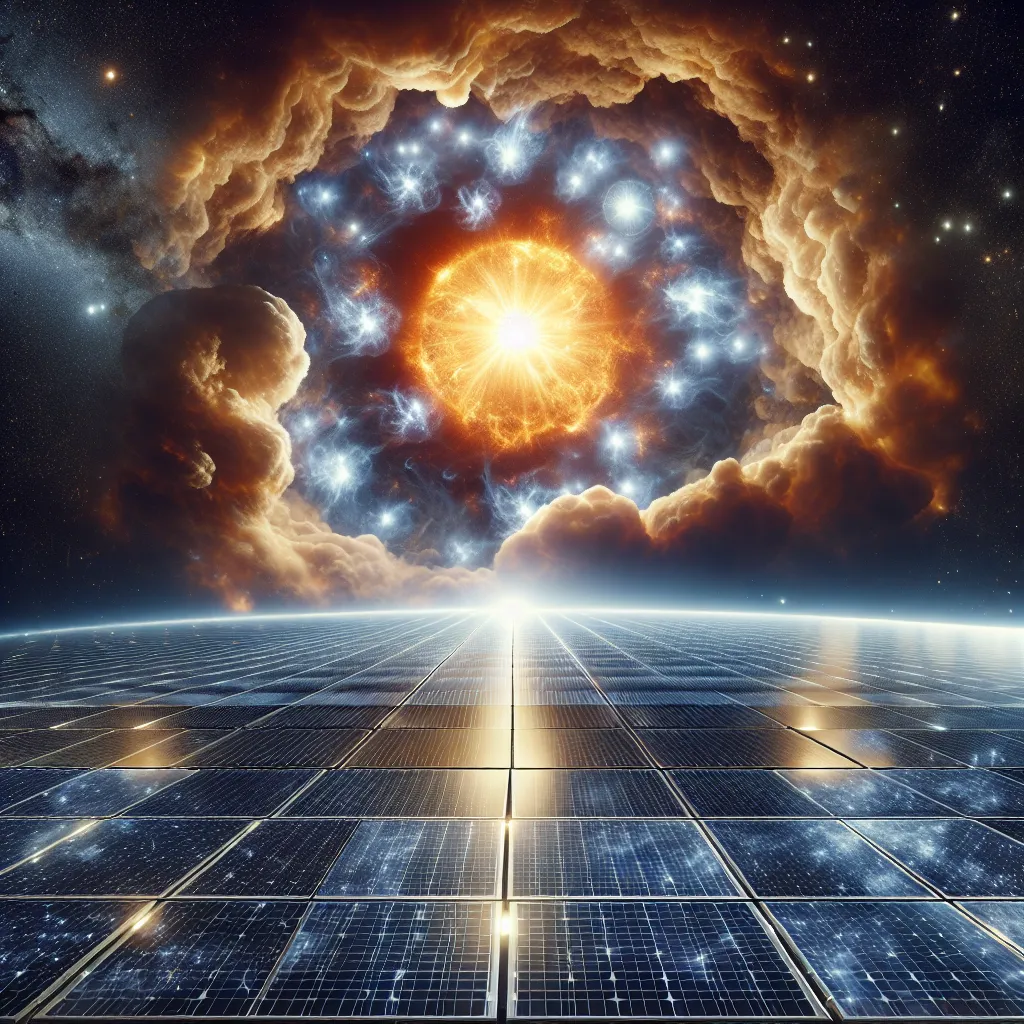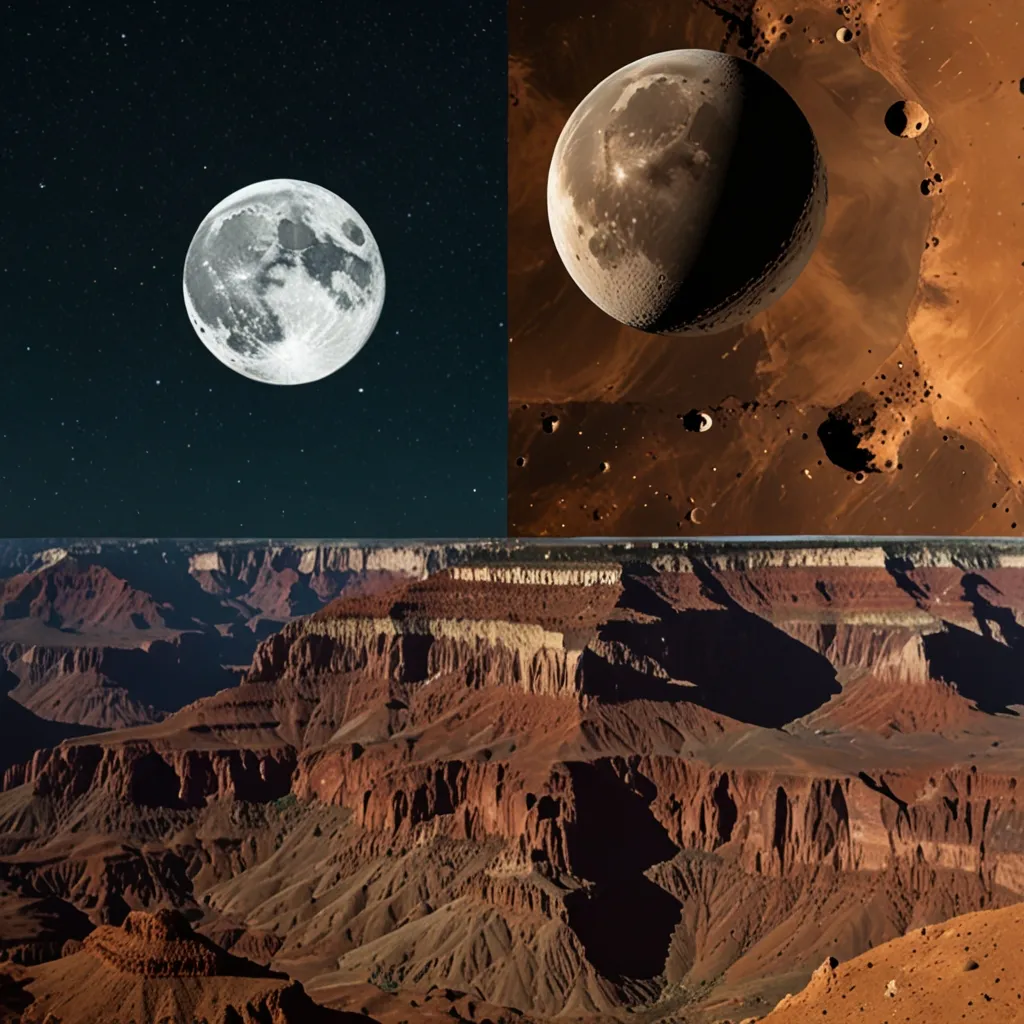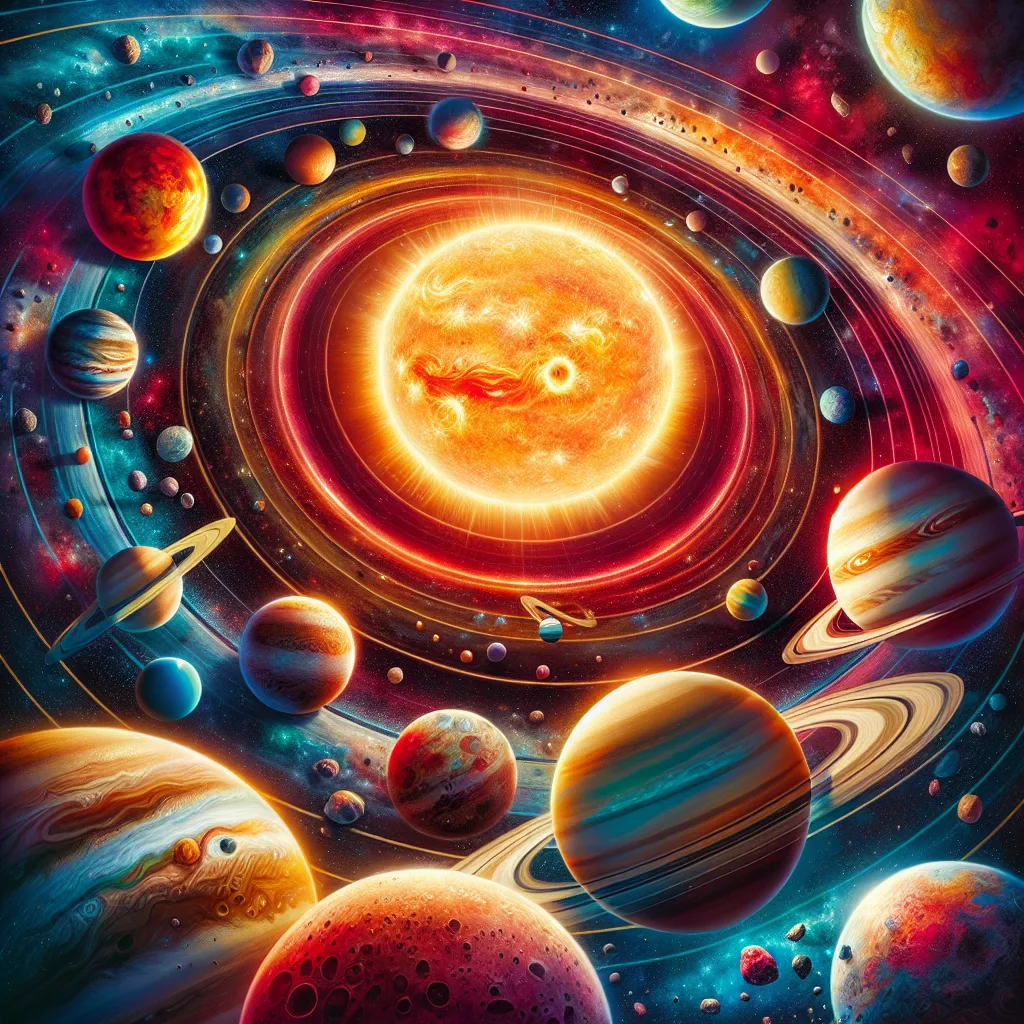The story of human progress is closely tied to the energy we harness. We began with our muscles but soon learned to control fire. Coal and oil powered our industrial era, and splitting the atom ushered in the Atomic Age. Each step up the energy ladder has pushed our civilization forward.
Now, we’re gradually shifting to renewable energy sources. If we’re lucky, fusion energy might soon become viable. As we continue to advance, we could gain complete control over Earth’s resources. Once we master our planet, the next logical step is to expand into space. However, settling the solar system requires an unimaginable amount of energy. The Sun, our ultimate energy source, radiates more power than anything we’ve ever built.
So, how do we tap into the Sun’s energy—not just a part, but all of it? Enter the idea of the Dyson Sphere, an enormous structure surrounding a star to capture its immense power. This tech leap is comparable to our ancestors discovering fire, marking a transition from a planetary species to an interstellar one. It’s a gateway to an era of exploration and expansion that we can barely imagine right now.
Building a solid shell around the Sun isn’t practical as it would be vulnerable to impacts and could potentially crash into the star. A more viable concept is the Dyson Swarm—a vast array of orbiting panels that collect solar energy. Constructing this swarm will be a colossal task. If each satellite covers one square kilometer, we’d need around 30 quadrillion of them, totaling about 100 quintillion tons of material.
To gather the raw materials, we’d likely need to dismantle an entire planet. Mercury is our best bet due to its proximity to the Sun and its metal-rich composition. Plus, its low gravity makes launching materials into space easier. Simpler designs for the satellites, like enormous mirrors rather than intricate solar panels, would be necessary for durability and efficiency.
Creating and launching these satellites also demands an incredible amount of energy. The energy required to disassemble Mercury and launch satellites into space is enormous. Traditional methods like rockets are too costly and inefficient. Instead, we’d use railgun-like launch systems for this job.
Automation would be key to this mega project. A small team of humans could oversee an army of autonomous machines. We’d need solar collectors for energy, miners to strip-mine Mercury, refiners to process the materials, and efficient launch systems.
Starting with a small setup of solar collectors, we’d generate the needed energy for mining and refining. The process would rely on exponential growth, with each new piece of the Dyson Swarm aiding in the construction of more satellites. Within just 60 doubling times, we could completely envelop the Sun, potentially within a decade if our infrastructure keeps pace with energy production.
Harvesting even 1% of the Sun’s energy would revolutionize humanity’s energy budget. We could power colonies on other planets, terraform worlds, build other mega structures, or even journey to other stars, laying the foundation for an interstellar civilization. This isn’t just a sci-fi fantasy; it’s grounded in solid physics and is a foreseeable step for any advanced species.
Though we’ve yet to spot any Dyson Spheres in our galaxy, many astronomers believe they could exist. Our current political and social challenges might distract us from such grand visions. But if we overcome our present trials, humanity might just become the first beings to create a structure of this scale, constrained only by our imagination.






